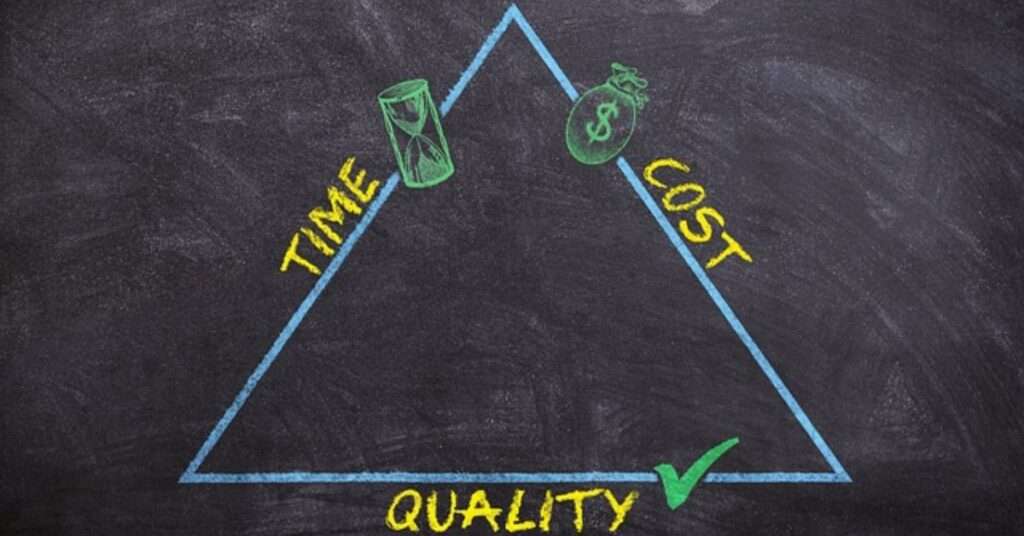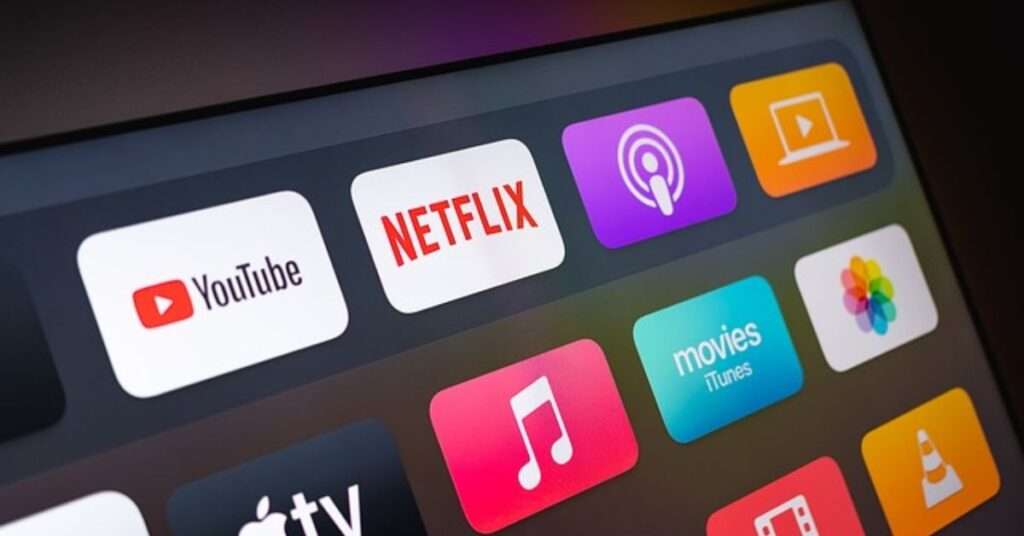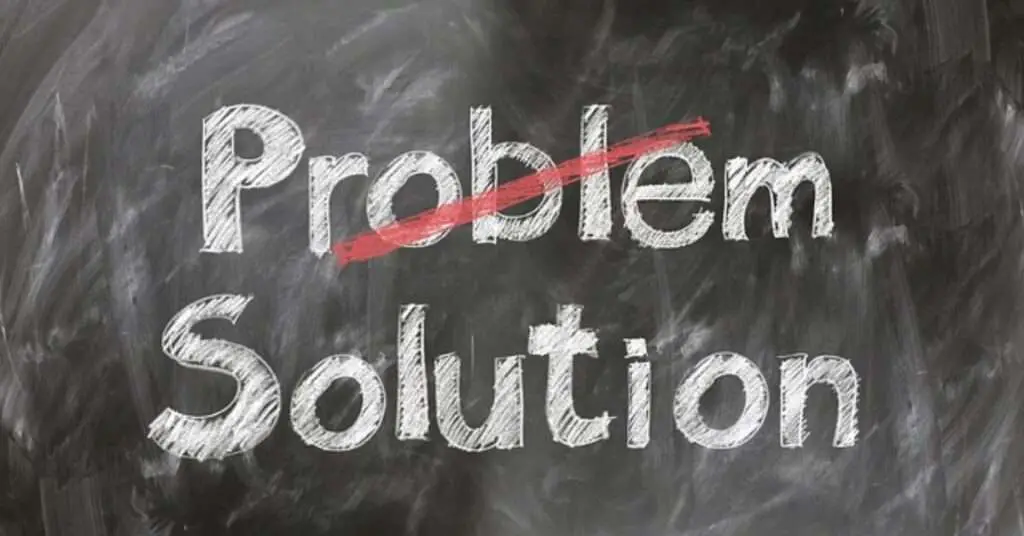What is Decision Making?
Decision-making is selecting the best course of action from several available options. It involves evaluating and analyzing different choices to determine the most suitable one. Decision making an important leadership skill because leaders must make decisions that affect their organizations’ success and direction.
Effective decision-making is crucial for successful leadership because it can significantly impact the organization’s growth, profits, and reputation. It enables leaders to choose the best path forward, even in challenging situations. A leader’s decision-making skills can help to create a positive organizational culture, foster innovation, and inspire employee engagement.

One example of effective decision-making in leadership is Satya Nadella’s decision to shift Microsoft’s focus from a product-driven to a customer-driven strategy.
The company had been struggling to keep up with competitors like Apple and Google. The question arise that who is responsible for making all decision in the company.
Nadella recognized that Microsoft needed to prioritize customer needs and feedback to remain competitive in the industry.
Under Nadella’s leadership, Microsoft has undergone a significant transformation, with a renewed focus on cloud-based services, artificial intelligence, and other emerging technologies. The company’s revenues have skyrocketed, and its market value has increased significantly, making it one of the most valuable companies globally.

Why Decision Making is Important in Leadership?
As a leader, one of the most important skills you can have is the ability to make decisions. Effective decision-making can greatly impact the success of your organization.
There are several reasons why decision-making is essential for leadership. Firstly, it allows you to identify and prioritize key issues. It helps you to assess risks and opportunities, allocate resources effectively, and achieve your goals.
Effective decision-making has several benefits. For example, it helps to improve the overall performance of your organization. It can also help to boost employee morale and increase motivation. By making informed and well-considered decisions, you can also gain the trust and respect of your team members.
Several factors can affect decision-making. These include cognitive biases, emotional intelligence, and your decision-making style. It’s essential to recognize these factors to ensure that your decisions are sound, objective, and based on facts.
To make effective decisions, it’s important to follow a structured process. This process involves identifying the problem, gathering relevant information, assessing the options, making a decision, and evaluating the outcome. By following this process, you can ensure that your decisions are well-informed and based on reliable data.
One real-life decision-making examples in a workplace is Apple’s decision to invest heavily in the development of the iPod. At the time, the market for digital music players was still in its early stages, and the iPod was a relatively unknown product.
However, Apple recognized the potential of the technology and made a strategic decision to invest in its development. The result was a highly successful product that revolutionized the music industry and helped to establish Apple as a leading technology company.
The iPod was first introduced in 2001, and by 2004, it had sold over 10 million units. By 2008, Apple had sold over 160 million iPods, and the product had generated over $42 billion in revenue for the company.

Decision-making is a critical leadership skill that has a significant impact on the success of your organization. By understanding the benefits of effective decision-making, recognizing the factors that affect decision-making, and following a structured process, you can make informed, well-considered decisions that drive your organization forward.
Benefits of Effective Decision-making
Effective decision-making has numerous benefits that can positively impact an organization’s performance and success. Let’s explore some of these benefits:
Enhances Efficiency and Productivity
When leaders make timely and informed decisions, they’re like skilled captains steering their ships through stormy seas. Delays and bottlenecks? Those are the icebergs that can sink our metaphorical Titanic!
For instance, consider TechTitan Co., a growing tech company currently at a crossroads. They’re considering investing in revolutionary new technology to automate their manufacturing process. It’s a big step, costing a pretty penny, but the potential rewards could be massive.

If TechTitan Co.’s leaders can make a swift, well-informed decision, they could replace tedious manual labor with sleek, efficient automation.
Imagine robots doing the heavy lifting, literally and figuratively, while humans focus on creative and strategic tasks. Productivity would soar like an eagle, and costs would drop like hot potatoes. It’s like trading in your old bicycle for a shiny new sports car!
Fun Fact: Did you know that automating just 50% of your manual processes can lead to a 15% increase in productivity? So, if TechTitan Co. decides to take the plunge, they could be swimming in increased profits sooner than they think!
Increases Innovation and Creativity
Effective decision-making encourages leaders to explore various options and consider new possibilities. By embracing innovative ideas and taking calculated risks, leaders can foster a culture of creativity within their organizations.

Remember when we used to scramble to the DVD rental store to grab the latest movies, only to find all copies checked out? Well, Netflix saw a future beyond that model and sprinted toward it.
In a daring move, Netflix, which started as a DVD-by-mail service, decided to migrate to an online streaming platform. It was a gamble, akin to jumping off a plane and assembling the parachute on the way down. But boy, did it pay off!
Did you know? Netflix’s shift to streaming happened in 2007, right around the time when Blockbuster, their main competitor, declined a chance to buy them. Oh, how the tables turned!

Today, Netflix is a major player in the global streaming market, while Blockbuster… Well, let’s say you’re more likely to spot a unicorn than a Blockbuster store these days.
This example perfectly illustrates the power of innovative thinking and effective decision-making. By recognizing the immense potential of the streaming market and acting promptly, Netflix was able to transform the entertainment industry and secure its position as a global leader.
So, the next time you binge-watch your favorite series, remember – it’s all thanks to the power of creative decision-making and a little something we call the Time Value of Money!
Builds Trust and Confidence:
When leaders make sound decisions that align with the organization’s vision and values, they build trust and confidence among employees and stakeholders. This fosters a positive work environment and encourages open communication and collaboration.
For example, suppose a leader consistently makes decisions prioritizing employee well-being and development. In that case, it creates a sense of trust and loyalty among the workforce, leading to higher engagement and retention rates.

What’s that saying? Actions speak louder than words, right? Well, nowhere is this truer than in a leadership role.
Let’s imagine our friend Bob, a leader at a well-known tech company. Bob knows that his employees are his most valuable asset. So, he makes decisions that consistently prioritize their well-being and development.
He introduces flexible working hours, invests in employee training, and even ensures there’s always plenty of free snacks in the break room (because who can code without munching on some chips?).
As a fun fact, did you know that Google is famous for its employee-friendly policies? They provide things like free gourmet food, massage rooms, nap pods, and even bring-your-pet-to-work days. Can you imagine your furry friend attending your Zoom meetings?
Back to our story. Because of Bob’s actions, his employees don’t just feel like cogs in a machine; they feel valued and appreciated. This leads to a higher level of engagement, and they stick around, reducing turnover rates. In the tech industry, where job-hopping is as common as software updates, that’s a big deal!
In the end, Bob’s strategic decision-making, inspired by the principles of the Time Value of Money, builds an environment of trust and confidence. His team knows he’s got their backs, and that’s priceless. Who wouldn’t want to work for a boss like Bob?
So, in your own leadership journey, remember to be a Bob. Remember while in teenage group, you should Invest your money as a teenager .
Factors Affecting Decision-making
There are several factors which can affect decision-making, including:
Cognitive Biases
Knock, knock! Who’s there? Cognitive biases. Cognitive who? Cognitive biases that can trick your brain into taking shortcuts when processing information. These sneaky shortcuts can often steer us away from rational decision-making.
For example, let’s say you’re a fan of Apple products. When it’s time to upgrade your laptop, your bias toward Apple might prevent you from considering other brands that might offer better value for money. Tricky, huh?

Let’s consider a leadership perspective.
Imagine you’re a CEO who has had success in the past with a certain marketing strategy. Over time, you’ve developed a bias towards this strategy, believing it to be the golden ticket to success.
Now, when your marketing team presents a new, potentially more effective approach, your cognitive bias might deter you from considering it. This could result in missed opportunities for business growth and innovation.
That’s like insisting on driving an old car that frequently breaks down just because it once won a race!
As for financial aspects, consider an investor who has always invested in the real estate sector because it has yielded good returns in the past. This investor’s bias towards real estate might cause them to overlook lucrative opportunities in emerging sectors like green energy or technology.
It’s akin to sticking to vanilla ice cream and never trying out cookie dough or mint chocolate chip. You could be missing out on your new favorite flavor!

So, whether you’re a leader or an investor, it’s essential to be aware of your cognitive biases and not let them limit your vision. Remember, the world is a smorgasbord of opportunities – don’t fill your plate with just one dish!
Emotional Influences
Emotions can impact our ability to make rational decisions, particularly when we’re under stress or pressure.
Let’s lighten things up a bit. Let’s say you’re the head honcho of a burgeoning tech start-up. Let’s call it “TechnoTaco.” (Because who doesn’t love a good taco, right?) The weight of the world is on your shoulders – one false move and your beloved taco could end up more like a soggy nacho.
Under such intense pressure, your emotions could suddenly become the equivalent of a pesky backseat driver, leading you down some questionable paths. You might find yourself impulsively investing in the latest trendy AI because it has a cool name, and you got a “good vibe” from the salesperson.

Before you know it, you’re knee-deep in technology that’s as useful to your business as a bicycle is to a fish. So, remember, even when the heat is on, don’t let your emotions cook up a decision you might regret. Keep calm, carry on, and always remember to “taco ’bout” your decisions before jumping the gun!
Lack of Information or Analysis Paralysis
Leaders who lack adequate information or are overwhelmed with data may struggle to make decisions or delay making them.
Firstly, imagine you’re the CEO of “SpaghettiCode Inc.” and you have less data than a floppy disk from the ’80s. You’re basically trying to navigate the corporate jungle with a compass that only points south. Not exactly an ideal situation, right?
Now, let’s flip the pancake. Picture yourself as the head of “Data Dump Corp.” With more stats and figures than grains of sand on a beach, you’re practically drowning in a sea of data. It’s like trying to find a needle in a haystack if the needle was a specific data point and the haystack was a seven-foot-tall pile of spreadsheets.
Your task is to decide whether to acquire “Info Overload Ltd.,” but the sheer amount of information has left you as stuck as a kangaroo in a hammock. So, instead of making a decision, you decide to punt it to the next quarter, potentially missing out on a prime opportunity to expand your business.
So, whether you’re dealing with a data drought or a data deluge, remember – too little or too much information can lead to the same outcome: decision paralysis. As Goldilocks would say, it’s all about finding the amount that’s “just right.

In the end, decision-making is like making the perfect taco. You’ve got to balance all the ingredients just right to savor the success. Too much or too little of anything can leave a bad taste. So next time you’re in the decision-making kitchen, watch out for these sneaky factors. And remember, don’t let your cognitive biases order the same taco every time!
Strategies for Effective Decision-making
Leaders can employ various strategies to make effective decisions. Let’s explore some of these strategies:
Define the Problem:
Start by clearly defining the problem or decision that needs to be addressed. For instance, imagine you’re a manager faced with the challenge of improving customer satisfaction in your company. Clearly articulating the problem allows you to focus your decision-making efforts and identify relevant factors.

Gather Information and Analyze Alternatives:
Collect all relevant information and analyze different alternatives. This might involve conducting research, seeking input from experts or stakeholders, and considering past experiences.

For example, if you’re considering expanding your company’s product line, gather market data, evaluate customer preferences, and analyze potential profitability.
Evaluate the Alternatives
Weigh the pros and cons of each alternative and evaluate them based on your organization’s goals and values. Consider the potential risks, benefits, and impact on various stakeholders.

For instance, if you’re deciding whether to introduce a new sustainability initiative, assess the environmental benefits, cost implications, and alignment with your company’s sustainability values.
Make the Decision and Take Action/ Important Leadership Skill
Once you’ve evaluated the alternatives, make a decision and take decisive action. It’s important to consider the available information, trust your judgment, and be proactive.

For example, if you’re the CEO of a tech company and you believe acquiring a smaller competitor will expand your market reach, make the decision to proceed and initiate the acquisition process.
Review and Learn from the Decision:
After implementing your decision, reflect on the outcomes and use them as an opportunity to learn and improve. Evaluate the results, identify any lessons learned, and make adjustments if necessary.

Decision making examples in business.
For instance, if you launched a new marketing campaign, review the campaign’s effectiveness, analyze customer feedback, and refine your future marketing strategies based on the insights gained.
Effective decision-making strategies allow leaders to navigate complex situations and make informed choices. By defining the problem, gathering information, evaluating alternatives, making decisive decisions, and learning from the outcomes, leaders can enhance their decision-making process and drive success for their organizations.
Reflections
In conclusion, decision-making is a critical skill for effective leadership, with far-reaching implications for organizational success. By honing their decision-making abilities, leaders can enhance efficiency, foster innovation, and cultivate a culture of trust and confidence within their teams.
Through a thoughtful understanding of the factors influencing decision-making and applying sound strategies, leaders can navigate challenges, seize opportunities, and guide their organizations toward sustainable growth and achievement.
Ultimately, the ability to make informed and effective decisions sets apart exceptional leaders who steer their organizations toward long-term success.

